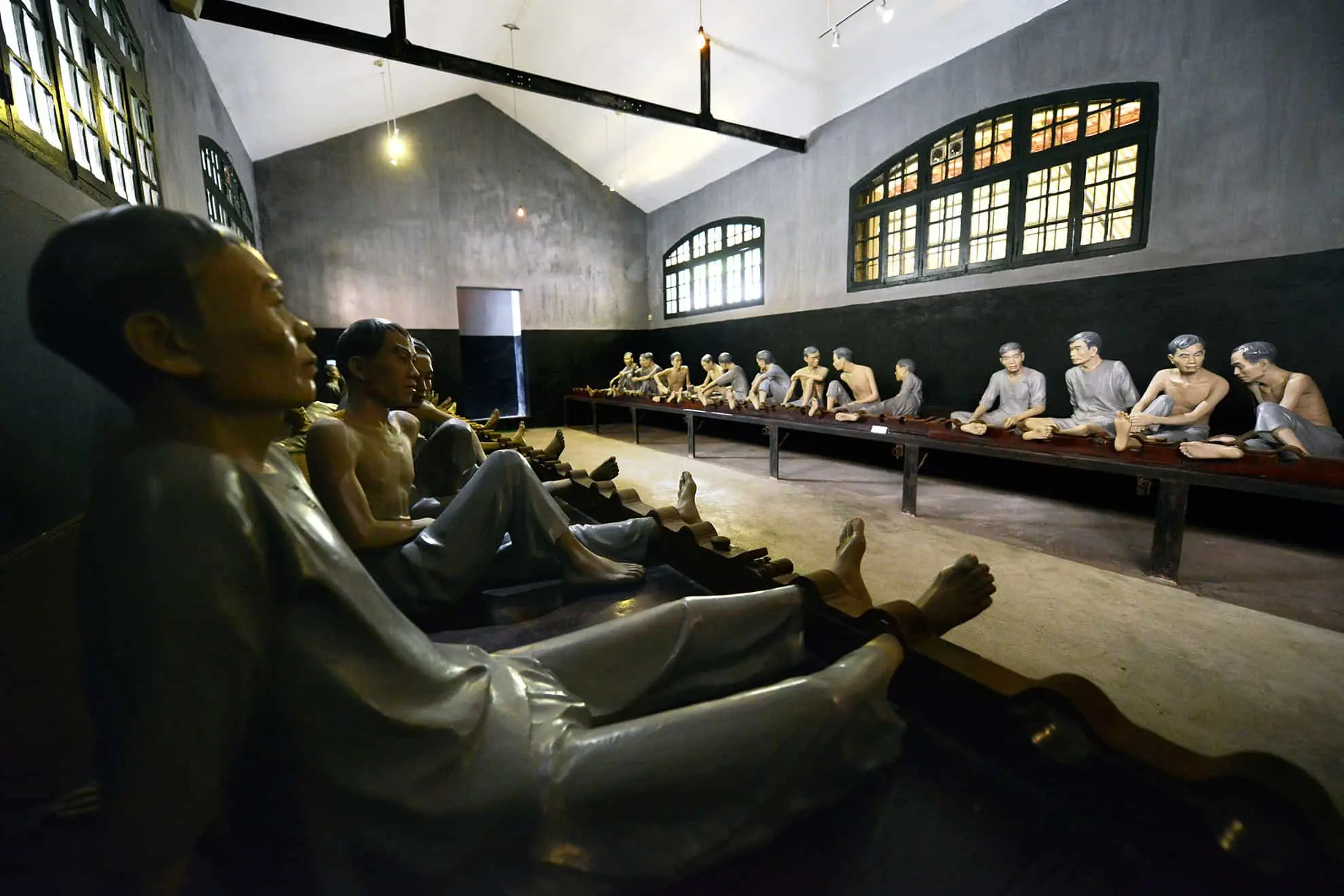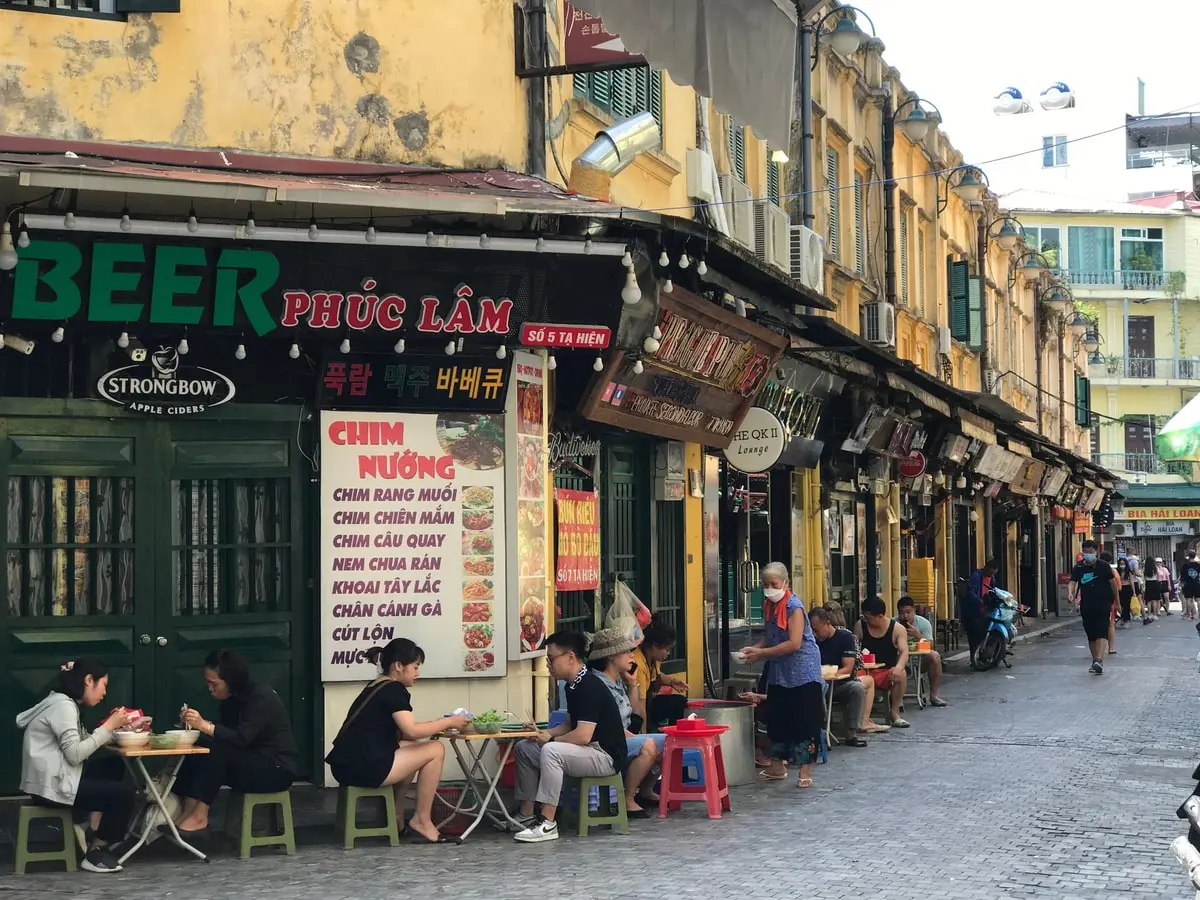Ho Chi Minh City Vietnam stands as a vibrant center in Southeast Asia. EssentialVietNamtravel.com provides this guide to help you explore this significant location. Formerly known as Saigon, the city pulses with energy, history, and culture. It is Vietnam’s largest city, a key Economic Hub located in Southern Vietnam, near the Mekong Delta Region. This guide offers Travel information, details Local attractions guide information, provides Historical context, assists with Accommodation booking ideas, and gives Restaurant recommendations.
Understanding this city vietnam involves seeing its landmarks, learning its past, navigating its streets, and experiencing its modern rhythm. Whether you are planning vietnam saigon travel or a specific vietnam ho chi minh city tour, this information aims to be practical and trustworthy. Prepare for a journey into a major city in Asia with a distinct Tropical Savanna Climate and immense Historical significance.
Discovering Ho Chi Minh City (Saigon): Top Attractions like Ben Thanh Market & Reunification Palace
![]()
Exploring Ho Chi Minh City, often still called Saigon by locals, begins with its most famous landmarks. These sites offer insights into the city’s Culture, commerce, and History. District 1 is the central urban district where many key attractions are conveniently located, making it a focal point for tourism and travel. Visiting these places provides a foundation for understanding this bustling Vietnamese metropolis. EssentialVietNamtravel.com suggests starting your exploration here to get a feel for the city’s dynamic atmosphere.
Many attractions in saigon vietnam are within walking distance or a short ride from each other in this area. Plan your time to see these essential places, including the iconic Ben Thanh Market and the historic Reunification Palace. These locations are not just tourist spots; they are integral parts of the city’s identity and Daily Life, representing both its past and present. From vibrant markets to solemn historical buildings, the city offers diverse experiences. Consider this section your starting point for planning things to do in ho chi minh city vietnam and creating memorable travel saigon experiences. Finding hotels near Ben Thanh Market Ho Chi Minh City can be a convenient base for exploring these central sites.
Exploring Ben Thanh Market: A Central Landmark
Ben Thanh Market is a must-visit Landmark in Ho Chi Minh City. Located prominently in District 1, it serves as a central hub for shopping, dining, and experiencing local life. You can reach the market easily by taxi, ride-sharing app, or even on foot if you are staying nearby in downtown saigon vietnam. The market operates daily. Inside, you will find a vast array of goods. Vendors sell clothing, textiles like the traditional Ao Dai, souvenirs, handicrafts, coffee, and fresh produce. The market is also a fantastic place to sample Vietnamese food.
Many food stalls offer local dishes, including pho, spring rolls, and various sweets. Be prepared for a busy, crowded environment, especially during peak hours. Bargaining is common practice here, so feel free to negotiate prices politely. EssentialVietNamtravel.com advises visitors to keep their belongings secure due to the crowds. Visiting Ben Thanh Market provides a vivid snapshot of commerce and Culture in hcmc vietnam. It’s one of the top attractions in ho chi minh city vietnam and a place where you can truly engage with the city’s energy. Many consider it one of the best things to do in saigon vietnam for an authentic local experience.
Visiting the Historic Reunification Palace (Formerly Independence Palace)
The Reunification Palace holds immense Historical significance for Vietnam. Formerly known as Independence Palace, this Landmark building is located in District 1, near other key sites. It symbolizes the end of the Vietnam War, as it was the place where North Vietnamese tanks crashed through the gates on April 30, 1975. To visit, purchase a ticket at the entrance. Inside, you can explore the preserved rooms, including the president’s office, reception rooms, and living quarters. The architecture itself is notable, representing a style from the 1960s.
The basement contains command bunkers filled with old maps and communication equipment, offering a glimpse into the Vietnam War Locations and Historical context. Allow at least one to two hours for a thorough visit. EssentialVietNamtravel.com recommends taking your time to absorb the atmosphere and historical weight of the building. It is a key Historical Site and a major Tourist Attraction, essential for understanding Vietnamese History and the events that shaped modern Vietnam. It stands as a powerful reminder of the city’s past, making it a must see ho chi minh city vietnam location.
Appreciating Notre Dame Cathedral Saigon and the Central Post Office
Adjacent to each other in District 1 stand two remarkable examples of French Colonial Architecture: Notre Dame Cathedral Saigon and the Saigon Central Post Office. The Cathedral, officially the Basilica of Our Lady of The Immaculate Conception, was completed in the 1880s using materials imported from France. Its twin bell towers are a recognizable feature of the city skyline. While access inside may sometimes be limited, viewing its exterior architecture is worthwhile. Just across the square is the Saigon Central Post Office, designed partially by Gustave Eiffel’s firm.
Completed in the 1890s, it remains a functioning post office today. Step inside to admire its grand interior, featuring vaulted ceilings, patterned tile floors, and large maps painted on the walls. It serves as both a practical building and a significant Cultural Center landmark. EssentialVietNamtravel.com notes that these buildings offer a tangible connection to the French Colonialism period in Vietnam’s History. They are popular spots for photos and represent a different era compared to the nearby Reunification Palace. Visiting these sites adds another layer to understanding the diverse architectural influences and historical periods present in ho chi minh vietnam. They are key places to see in saigon vietnam.
Key Sights in District 1: The Heart of the City
District 1 is undeniably the core of Ho Chi Minh City, serving as the primary Economic Hub and the most Popular District for visitors. Beyond Ben Thanh Market, Reunification Palace, Notre Dame Cathedral Saigon, and the Central Post Office, this area offers much more. Walking through District 1 reveals a Blend of French colonial and modern architecture. You can see sleek skyscrapers like the Bitexco Financial Tower offering panoramic city views, alongside charming colonial-era buildings housing shops and cafes. The area contains numerous government buildings, luxury hotels, and shopping centers.
Dong Khoi Street is famous for its boutiques and restaurants. EssentialVietNamtravel.com suggests exploring the smaller streets and alleyways branching off the main roads to discover hidden gems, reflecting the unique Alleyway culture. This district provides easy access to the Saigon River for evening strolls or boat tours. It is the epicenter of tourism, where you can easily find travel agencies offering Mekong Delta tours or trips to Cu Chi Tunnels. Understanding District 1 is key to navigating the city and experiencing its role as the central economic hub of Vietnam. Many people search for where is hcmc in vietnam and the answer often points to the energy emanating from District 1.
Understanding Saigon’s Past: Vietnam War Sites and French Colonial Architecture
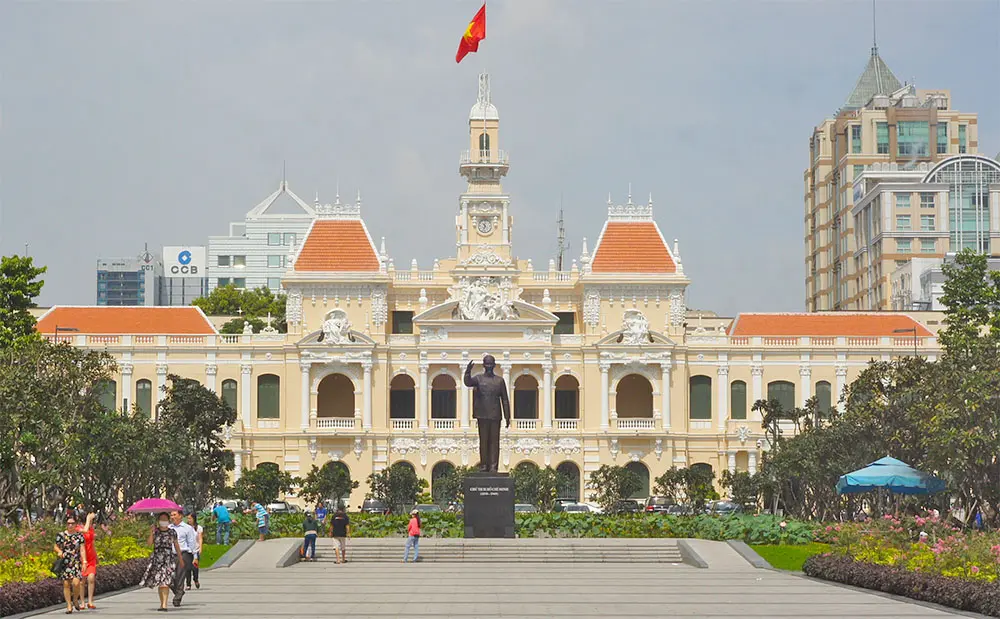
Ho Chi Minh City’s identity is deeply intertwined with its past, particularly the Vietnam War and the era of French Colonialism. Exploring sites related to these periods provides crucial Historical context and a deeper appreciation for the city’s resilience and transformation. This history is visible not only in specific museums and locations but also in the very fabric of the city, from its street names to its Architectural Influence. EssentialVietNamtravel.com believes that understanding this Historical significance related to Vietnam War is essential for any visitor seeking more than just a superficial experience.
Visiting places like the War Remnants Museum and the Cu Chi Tunnels offers powerful, though sometimes somber, insights. Simultaneously, recognizing the French Colonial Architecture adds another dimension to the city’s visual landscape. The former name, Saigon, itself evokes this complex history. Engaging with these aspects helps paint a fuller picture of ho chi minh city ho chi minh vietnam, moving beyond just the surface level attractions in saigon vietnam. This exploration covers significant Vietnam War Locations and highlights the enduring legacy of French influence.
Reflecting at the War Remnants Museum
The War Remnants Museum, located in District 3 but very close to the District 1 border, is one of the most visited museums in Ho Chi Minh City. It primarily focuses on the Vietnam War, presenting exhibits from a Vietnamese perspective. EssentialVietNamtravel.com advises visitors that the content can be graphic and emotionally impactful, depicting the harsh realities of war. Allow ample time, perhaps two to three hours, for your visit. Inside, you will find photographs, artifacts, and documents detailing the conflict and its effects on the country and its people.
Exhibits cover topics like chemical warfare (Agent Orange), international opposition to the war, and war crimes. Outside the main building, military hardware, including tanks, planes, and helicopters used during the war, is displayed. Visiting the War Remnants Museum is a sobering experience but provides invaluable Historical context. It is a significant Historical Site and Tourist Attraction dedicated to preserving the memory of the war and promoting peace. It is crucial for understanding Vietnamese History and the city’s role within it. For those seeking to understand the Vietnam War History, this museum is an essential stop.
Journey to the Cu Chi Tunnels: A Glimpse into History
The Cu Chi Tunnels are an extensive underground network located outside Ho Chi Minh City, requiring a day trip or half-day trip to visit. These tunnels were used extensively by Viet Cong soldiers during the Vietnam War for hiding, communication, supply routes, and mounting surprise attacks. Visiting the tunnels offers a unique perspective on the ingenuity and resilience required during the conflict. Most visits are arranged through organized tours, often departing from District 1. These vietnam ho chi minh city tour packages typically include transportation and a guide.
EssentialVietNamtravel.com suggests booking a tour for convenience and context. At the site, you can learn about the construction and use of the tunnels, see hidden entrances, view traps, and even crawl through a short, widened section of the tunnels. There is also a firing range where visitors can try shooting period firearms (at extra cost). The Cu Chi Tunnels are a significant Tourist Attraction and Historical Site, offering a direct connection to Vietnam War History and representing key Vietnam War Locations. Some tours combine this trip with visits to the Mekong Delta Region.
Identifying French Colonial Architectural Influences Citywide
Beyond the prominent examples of Notre Dame Cathedral Saigon and the Central Post Office, the legacy of French Colonialism is evident in architecture throughout Ho Chi Minh City. As you explore, particularly in District 1 and District 3, keep an eye out for buildings characterized by features like arches, columns, shuttered windows, and decorative facades. Many government buildings, older hotels, villas, and shophouses reflect this Architectural Influence. Walking down streets like Dong Khoi or exploring areas around the Opera House reveals numerous examples.
Some buildings exhibit an Art deco building concentration, blending French styles with modernist touches. EssentialVietNamtravel.com recommends simply walking and observing the streetscapes to appreciate this Blend of French colonial and modern architecture. This visual history tells a story of Vietnam’s past interactions with France. Recognizing these structures adds depth to your understanding of the city’s development and layers of History. This architectural style contributes significantly to the unique character of saigon city vietnam compared to, for instance, Hanoi in Northern Vietnam. It’s part of what makes this vietnamese city distinct.
The Significance of Saigon’s Name Change
Understanding why the city is called Ho Chi Minh City today, while many still affectionately refer to it as Saigon, is key to grasping its modern history. The city was officially renamed in 1976, shortly after the end of the Vietnam War and the reunification of North and South Vietnam. The name change honored Ho Chi Minh, the revolutionary leader of North Vietnam. Saigon was the capital of South Vietnam, and renaming it symbolized the victory of the North and the unification of the country under communist rule.
However, the Former Name, Saigon, remains widely used, especially informally and often referring to the central districts like District 1. EssentialVietNamtravel.com notes that using either name is generally acceptable, but understanding the Historical significance related to Vietnam War behind the official name provides important context. The name Ho Chi Minh City represents the unified nation, while Saigon often evokes the city’s specific cultural identity and pre-1975 history, including the French Colonialism period and its time as a Southern Vietnam hub. This duality reflects the complex layers of Vietnamese History embedded within the city.
Navigating HCMC: Practical Travel Tips from Tan Son Nhat Airport to District 1
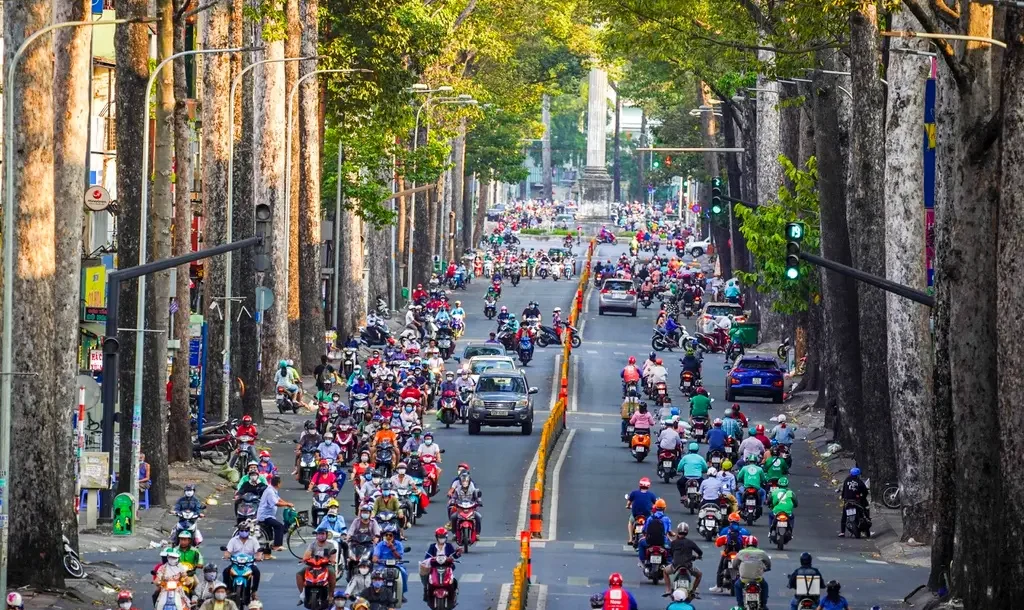
Arriving in and moving around Ho Chi Minh City requires some practical knowledge. This section provides essential Travel information focused on getting from the airport to the city center, understanding local transportation, identifying key areas, and covering basic visitor needs. EssentialVietNamtravel.com aims to make your arrival and exploration smoother with this ho chi minh city travel guide information. Knowing the basics about Tan Son Nhat International Airport (SGN), how to navigate the Bustling motorbike traffic, and the characteristics of popular districts like District 1 and District 3 will enhance your travel experience in this major city.
We cover transportation options, currency, basic communication, and safety awareness. Having this information readily available helps ensure a more confident and enjoyable trip, whether you are looking for Accommodation booking options or planning your daily itinerary. This practical advice serves as a foundation for exploring the city independently and safely, essential for any vietnam saigon travel plan. Knowing the Ho Chi Minh City airport code (SGN) is just the start.
Plan Your Trip to Ho Chi Minh City
Find the cheapest flights for your journey and get cashback with WayAway Plus.
Arriving at Tan Son Nhat International Airport (SGN)
Tan Son Nhat International Airport (SGN) is the main gateway to Ho Chi Minh City and Southern Vietnam. Located relatively close to the city center (about 6-8 kilometers from District 1), it is one of the busiest airports in Southeast Asia. Upon arrival, after clearing immigration and customs (check current visa requirements for Ho Chi Minh City beforehand), you will enter the arrival hall. Here you can find currency exchange counters, ATMs, and SIM card vendors.
EssentialVietNamtravel.com recommends having some Vietnamese Dong (VND) ready for immediate expenses like transportation. To get to your accommodation, typically in District 1 or District 3, you have several options. Official airport taxis (like Vinasun or Mai Linh) are available at designated taxi stands; insist on using the meter. Ride-sharing apps like Grab are also very popular and often offer fixed, competitive fares. Airport buses provide a budget-friendly option, dropping off at points in the city center. The journey to District 1 usually takes 30-45 minutes, depending heavily on traffic. Remember the Airport Code SGN when booking flights. Being prepared for arrival at Tan Son Nhat Airport makes the start of your trip less stressful.
Transportation Options within the City (Motorbikes, Taxis, Ride-Sharing)
Getting around Ho Chi Minh City is an experience in itself, largely defined by its famous Bustling motorbike traffic. The Primary Transport for locals is the Motorbike. As a visitor, you can experience this by using motorbike taxis (known as ‘xe om’), which are readily available through ride-sharing apps like Grab or Gojek. This is often the fastest way to navigate through traffic for shorter distances. EssentialVietNamtravel.com strongly advises always wearing the provided helmet. Traditional taxis (Vinasun, Mai Linh recommended) are also widely available and reliable; ensure the meter is running. Ride-sharing cars via apps offer convenient booking and upfront pricing.
For longer distances or exploring outside the central districts, taxis or ride-sharing cars might be more comfortable. Public buses exist but can be challenging for visitors to navigate without local language knowledge. Walking is feasible within specific areas like District 1, but distances between some attractions can be significant, and the heat and humidity (part of the Tropical Savanna Climate) can be draining. Choose your transport based on distance, comfort level, and your adventurous spirit. Navigating the city efficiently is key to maximizing your sightseeing ho chi minh city vietnam.
Getting Acquainted with Popular Areas like District 1 and District 3
District 1 is the commercial, administrative, and tourist heart of Ho Chi Minh City. It’s where you’ll find most major hotels, landmarks (Ben Thanh Market, Reunification Palace, Notre Dame Cathedral Saigon), upscale shopping, restaurants, and nightlife. Staying in District 1 offers convenience for sightseeing and accessing services. It is the city’s main Economic Hub and a Popular District. District 3 borders District 1 to the northwest and offers a slightly more local feel while still being central. It has a mix of colonial architecture, local eateries, coffee shops, and the War Remnants Museum.
EssentialVietNamtravel.com finds District 3 a good alternative for accommodation if you prefer a slightly quieter base but still want easy access to District 1. Exploring these two districts provides a solid introduction to the city. Beyond these, other districts offer different experiences: District 5 (Cholon) is the city’s historic Chinatown, while District 2 (Thao Dien) is popular with expats and has many Western-style restaurants and cafes. Knowing the general layout and character of these areas helps in planning where to stay (like hotels near Ben Thanh Market Ho Chi Minh City) and explore. Understanding where to go in ho chi minh city vietnam starts with these key districts.
Essential Information for Visitors (Currency, Language Basics, Safety)
Preparing for your trip involves knowing some practical details. The official currency is the Vietnamese Dong (VND). While US dollars might be accepted in some tourist establishments, it’s best to use VND for daily transactions. ATMs are widely available, especially in District 1 and District 3. Credit cards are accepted in larger hotels, restaurants, and shops, but cash is essential for markets and smaller vendors. The official language is Vietnamese. While English is spoken in tourist areas, hotels, and by younger people, learning a few basic phrases (“Xin chào” – Hello, “Cảm ơn” – Thank you) is appreciated.
EssentialVietNamtravel.com advises visitors to be mindful of their belongings, especially in crowded areas like markets, due to potential pickpocketing. Be cautious when crossing streets due to the heavy Motorbike traffic; move predictably and make eye contact with drivers. Regarding health, drink bottled water. Check current visa requirements for Ho Chi Minh City well before your travel dates. Awareness of the general cost of living in Ho Chi Minh City Vietnam can help with budgeting; it is generally affordable compared to Western cities. This Travel information is crucial for a smooth visit to this vietnam city.
Ho Chi Minh City Today: Experiencing Vietnam’s Bustling Southern Vietnam Hub
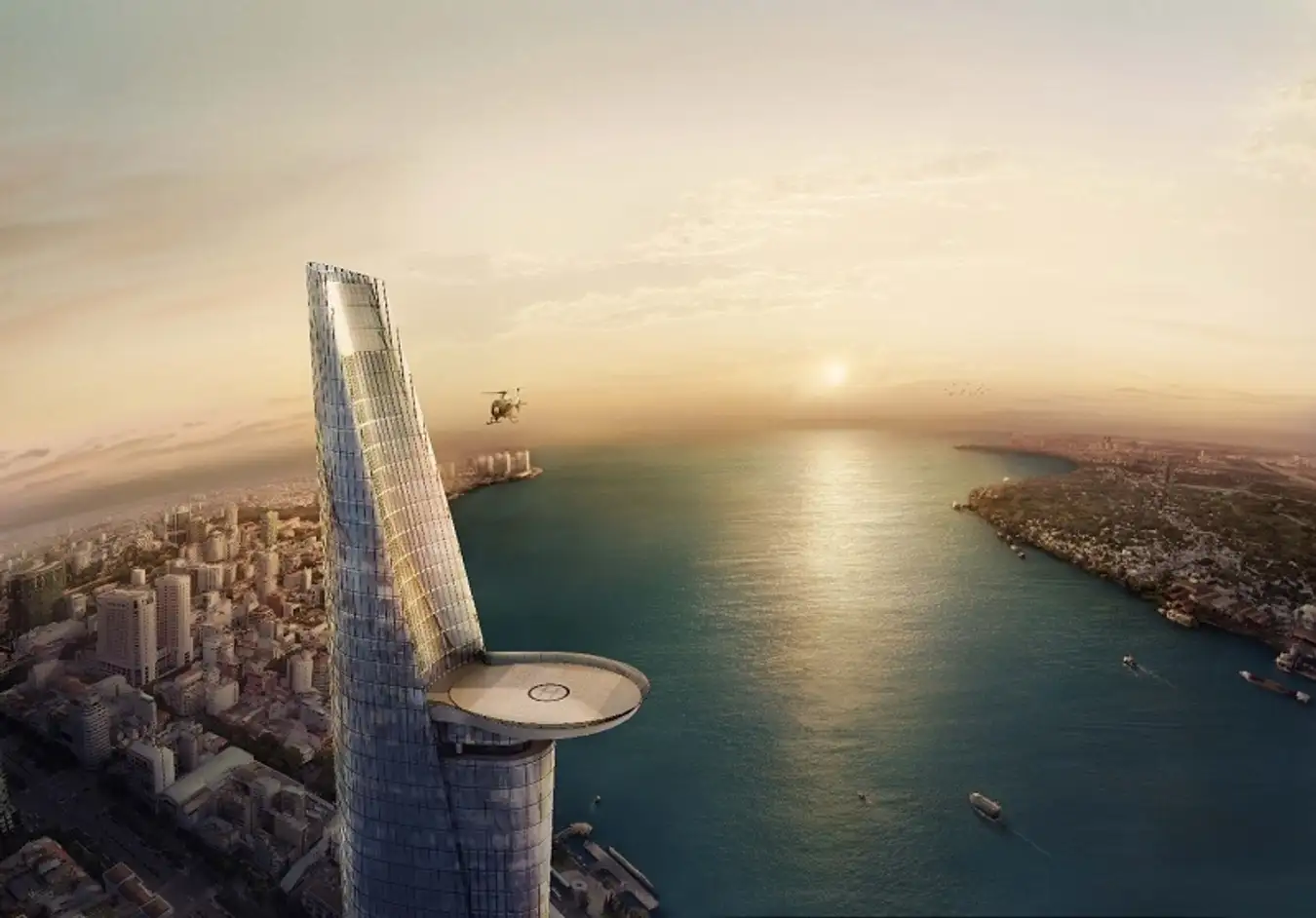
Beyond the historical sites and practical navigation, experiencing Ho Chi Minh City today means immersing yourself in its contemporary energy. As Vietnam’s largest city and the undeniable Economic Center of the country, HCMC pulses with activity day and night. It’s a city undergoing rapid development, where modern skyscrapers rise alongside traditional shophouses and ancient pagodas like Giac Lam Pagoda. EssentialVietNamtravel.com encourages visitors to look beyond the main tourist attractions and engage with the city’s Daily Life.
This involves savoring the world-renowned Vietnamese Cuisine, particularly the Vibrant street food scene, navigating the organized chaos of its traffic, and observing the unique Blend of French colonial and modern architecture that defines its urban landscape. The city serves as the key Southern Vietnam hub, connecting the Mekong Delta Region to the rest of the country and the world via Tan Son Nhat International Airport. Its large Population (Over 9 million) contributes to its dynamic atmosphere. This section explores the contemporary facets that make ho chi minh city vietnam a compelling destination in Southeast Asia.
The City’s Role as Vietnam’s Largest City and Economic Center
Ho Chi Minh City’s status as Vietnam’s largest city by Population (officially over 9 million people within an Area of 2061 sq km) and its role as the primary Economic Center are fundamental to its character. This Economic Hub drives much of the country’s commerce, industry, and innovation. You can feel this dynamism in the constant construction, the bustling markets, the flow of goods along the Saigon River, and the entrepreneurial spirit evident everywhere from street stalls to corporate headquarters. The city attracts people from all over Vietnam seeking opportunities, contributing to its diverse and youthful energy.
EssentialVietNamtravel.com highlights that this economic importance translates into extensive infrastructure development, a wide range of services for residents and visitors, and a generally higher cost of living compared to Rural Vietnam or even Hanoi, though still affordable by international standards. Understanding its position as the Central economic hub of Vietnam helps explain the city’s fast pace and modern outlook, contrasting sharply with quieter, Undeveloped Areas elsewhere in the country. It is truly a major city on the Asian stage.
Experiencing the Vibrant Street Food Culture
Ho Chi Minh City is a paradise for food lovers, boasting an incredibly Vibrant street food scene that is integral to its Culture and Daily Life. EssentialVietNamtravel.com strongly recommends diving into the local Vietnamese Cuisine, particularly the Southern Vietnamese style prevalent here. Street food stalls and small, family-run eateries are everywhere, especially concentrated in certain districts and down narrow alleyways, contributing to the unique Alleyway culture.
Look for popular dishes like Phở (noodle soup – you might seek out famous spots like Pho Hoa Pasteur or simply try stalls crowded with locals, often considered the best pho restaurants in Ho Chi Minh City), Bánh mì (Vietnamese baguette sandwich), Cơm tấm (broken rice), and Bún thịt nướng (grilled pork with noodles). Be adventurous and try offerings from Specific street food vendors who specialize in one dish.
For hygiene, choose stalls that look busy and cook food fresh to order. Eating street food is not just about the taste; it’s about the experience – sitting on small plastic stools, watching the city life go by, and enjoying delicious, affordable meals. This is one of the most rewarding things to do in vietnam saigon. Finding great Restaurant recommendations often starts on the sidewalk.
The Bustling motorbike traffic is one of the most defining Unique characteristics of Ho Chi Minh City. With millions of motorbikes filling the streets, the flow of traffic can seem chaotic to newcomers. However, EssentialVietNamtravel.com assures visitors there is a certain rhythm to it. As a pedestrian, crossing the street requires confidence: walk slowly and predictably, allowing riders to navigate around you. Make eye contact if possible. Avoid sudden movements. As a passenger on a motorbike taxi (xe om), trust your driver and always wear the helmet provided.
Experiencing the city from the back of a motorbike offers a unique, immersive perspective on Daily Life. You might even notice the local Motorbike modification scene, with riders customizing their bikes. While initially intimidating, adapting to the traffic flow becomes part of the ho chi minh city travel experience. It’s a constant reminder of the city’s energy and the preferred Primary Transport method for its large Population. It contrasts sharply with the potentially Quiet City feel of less populated areas in Vietnam.
Modern Developments alongside Historical Charm
Ho Chi Minh City presents a fascinating juxtaposition of old and new. The Blend of French colonial and modern architecture is visible everywhere. Historic colonial villas and shophouses stand in the shadow of towering modern structures like the Bitexco Financial Tower, which offers stunning city views from its skydeck. This contrast is part of the city’s unique charm. EssentialVietNamtravel.com suggests exploring different districts to appreciate this blend. District 1 showcases gleaming office towers and shopping malls alongside historic landmarks.
Areas like District 2 (Thao Dien) feature modern apartments and international restaurants, reflecting the city’s growing global integration. Rooftop bar density is increasing, offering stylish spots to enjoy views of the evolving skyline. Yet, pockets of tradition remain strong, from ancient pagodas to the enduring Alleyway culture. This constant interaction between the past and the future makes ho chi minh vietnam a dynamic and visually interesting place. The city embraces its History while rapidly moving forward as a central Economic Hub in Asia. This mix is a key aspect of the tourism appeal.
Further Reading: Explore More Destinations
Conclusion
Ho Chi Minh City Vietnam, the vibrant Southern Vietnam hub still affectionately known as Saigon, offers an unforgettable travel experience. From exploring historic landmarks like the Reunification Palace and Ben Thanh Market in bustling District 1 to understanding the profound impact of the Vietnam War at the War Remnants Museum and Cu Chi Tunnels, the city provides deep insights into Vietnamese History and Culture. EssentialVietNamtravel.com hopes this guide has equipped you with practical Travel information, from navigating Tan Son Nhat International Airport (SGN) and the city’s energetic Motorbike traffic to appreciating the unique Blend of French colonial and modern architecture.
Engaging with the city’s Daily Life, especially its incredible Vibrant street food scene, is essential. As Vietnam’s largest city and Economic Center, HCMC is a dynamic destination that honors its past while embracing the future. Whether you are seeking historical context, cultural immersion, culinary delights, or simply the energy of a major Southeast Asian metropolis, Ho Chi Minh City delivers. We trust this comprehensive guide helps you plan your vietnam ho chi minh city tour and make the most of your visit to this remarkable vietnam city.


